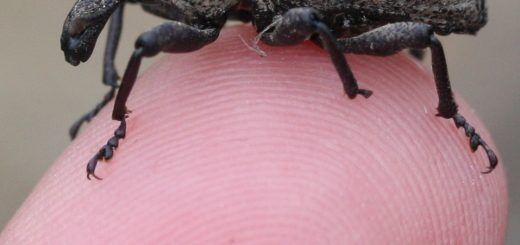The Molecular Key to Living Forever

It is a clichéd plot line: the evil supervillain will destroy everything in their way to obtain immortality, after all, who would not want to evade death indefinitely? What if, instead of having to seek out the philosopher’s stone or plan regular visits to the fountain of youth, the secret resides in regions of our DNA? These sequences of DNA that hold the key to ageing and cell death are called telomeres.
Each living cell in our body contains 23 pairs of chromosomes, consisting of DNA which carries our genetic information. Telomeres are located at the ends of chromosomes and serve to protect the information within DNA from damage during cell division. When cells divide, their chromosomes must be copied over into the new cell. To do this, each chromosome unwinds from its partner, separates, and then two new strands are built by enzymes that duplicate the original strands. Due to the nature of this process, the new chromosome is slightly shorter than its predecessor. As the cell ages and continues to divide, the telomeres are progressively degraded and become shorter. The telomere degradation eventually reaches a critical point, known as the Hayflick limit, which causes the cell to cease dividing and then it undergoes apoptosis (programmed cell death). Therefore, as an organism grows older and more cells reach their Hayflick limit, fewer cells replicate and the signs of ageing appear.
So, you may ask, is there a way to overcome the Hayflick limit and extend the telomeres that determine our mortality?
Well, researchers from the Stanford University School of Medicine have successfully increased the length of a human telomere by 10%1. Their method involved delivering modified mRNA (a molecule that encodes genetic information) containing the coding sequence for the active component of the enzyme telomerase to cells. Consequently, the activity of this enzyme, which functions to maintain the length of telomeres throughout cell division, was increased. The lengthened telomeres allowed the cells to evade the Hayflick limit for longer: this treatment allowed skin cells to divide 28 times more and muscle cells to divide 3 times more than their respective untreated cells. The approach used is advantageous as it acts rapidly over a few days, after which the mRNA dissipates, reducing the chance of an immunological response. The cellular longevity effects due to the modified mRNA are temporary which prevents cells from dividing indefinitely and thereby becoming cancerous. As a result, this method harbours potential solutions for age related diseases.
For example, by also using modified mRNA that stimulated the production of telomerase, telomere lengthening was used to treat children suffering from progeria – a rare disease that causes sufferers to experience accelerated ageing. Children with this disease display noticeably shorter telomeres, which may account for the devastating symptoms they endure. Researchers from Texas were able to increase telomerase production in the cells of progeria patients, thereby giving cells a longer lifespan and improved function2.
However, interfering with telomeres may come with risks. Speculation infers that telomere degradation plays a role in cancer and tumour formation. Cancer cells divide rapidly and can only do so if their telomeres do not shorten3. To overcome telomere shortening and continue proliferating, cancer cells produce high amounts of telomerase. Therefore, deliberately increasing amounts of telomerase and inhibiting degradation of telomeres may promote tumour formation.
Though immortality may be a stretch, the science behind telomeres offers an insight into ageing and age related diseases. With the potential to extend the average human lifespan and reverse certain ailments, research into telomeres is of great significance: especially in a world with an ageing population. In a twist to the clichéd plot line, the evil supervillain banks on the science of telomeres developing instead of scheming a deprived attempt towards immortality.
Edited by Richard Murchie










